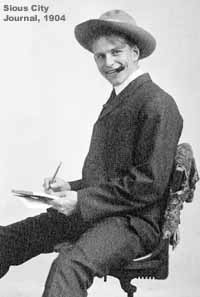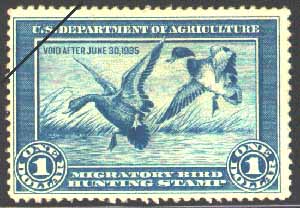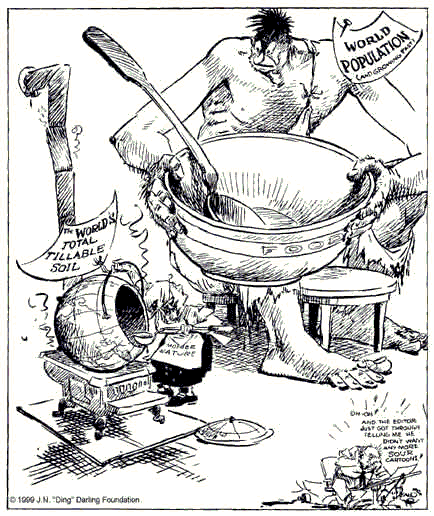|
E-Pioneer Home
Ding Darling
|
|
|
|
Jay
Norwood "Ding" Darling (1876-1962)
Social Commentary that
Changed the World
|
Land, water and vegetation are just that dependant
on one another. Without these three primary elements in
natural balance, we can have neither fish nor game, wild
flowers nor trees, labor nor capital, nor sustaining
habitat for humans. - JN 'Ding' Darling
|
|

JN 'Ding' Darling as a
young cartoonist in 1904.
|
�Ding� Darling (1876 - 1962) was destined to be an
advocate and to challenge the status quo for his entire
professional life. Born in Michigan, he spent most of his
youth on the last of the Iowa prairie, where his devotion to
conservation was first kindled, and where he hired himself out
to herd cattle across South Dakota. Dismissed from Yankton
College in South Dakota for a campus prank, he was suspended
from Beloit College in Wisconsin when his yearbook cartoons of
the college�s faculty were deemed too irreverent. He
graduated in 1900, influenced forever by a Beloit biology
professor who kindled ecological concepts in the young artist.
Darling started his career as a political cartoonist for Iowa�s Sioux City
Journal, later moving to the Des Moines Register in 1906, Ding
Darling's work was syndicated across the nation in 130
newspapers. A winner of Pulitzer prizes in 1924 and 1942, Ding
Darling skillfully used his art to influence public opinion
about government, conservation and society.
While cartooning for the Des Moines
Register, the staunch Republican with his progressive ideas
about conservation in the worst of the Dust Bowl was recruited
by President Franklin Roosevelt to serve on a Federal wildlife
committee to address the plight of North American
waterfowl.
|
|
Some asserted that Darling�s biting, satirical cartoons had
prompted Roosevelt to embrace the prickly cartoonist and make
him a part of the new administration, rather than suffer his
editorial slings and arrows further; in 1934, Darling was
offered the directorship of the Bureau of Biological Survey.
In a tenure than spanned barely 18 months, Darling emerged as
the �best friend a duck ever had� by injecting new life
into the agency and creating a new Federal revenue stamp �
forever known as the �Duck Stamp� � to generate revenue
from hunters to sustain and enlarge the budding National
Wildlife Refuge System.
After leaving government, Darling helped organize the first
North American Wildlife Conference in 1936. Following this
conference, the General Wildlife Federation (today known as
the National Wildlife Federation) was created with Darling as
its first president. Ding Darling's legacy lives on in
National Wildlife Refuge that is dedicated in his name (on
Sanibel Island, Florida), and the flying ducks of that
symbolize all National Wildlife Refuges which he designed.
|

The first duck stamp, drawn by
JN Ding Darling.
|
|

|
![]() |
Help us grow!
Break away from the grind of daily life and join the E-Pioneer team.
To find out how to help, click here. |
|
|
|

